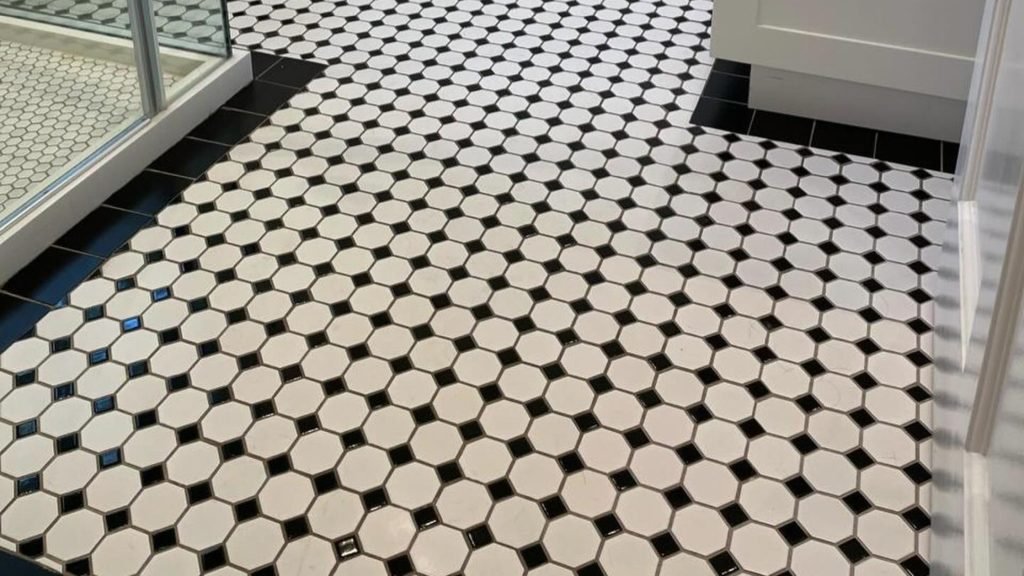The Ultimate Guide to Restoring Original 1920s Hexagonal Tile Flooring in Historic Homes
Restoring original 1920s hexagonal flooring can be a rewarding undertaking that breathes new life into history, and one of the most used components of the early 20th-century house was small six-sided tiles. Generally seen in entryways, bathrooms, and kitchens, over the years, they could crack, stain, or have layers of grime accumulating on them. Yet, with a tad bit of expertise, they can be restored to their former quality.
This guide will walk you through the process, from assessing damage to final polishing… so your historic floors glow once again. In the same way, you’ll shine when you use your Hellspin casino to play from a huge catalogue of your favorite games, anytime, anywhere!
Why Restore Original 1920s Hexagonal Tile?
Historical Value
Original hexagonal tile flooring is a piece of history. These were handmade, often with unique color variations and patterns. Restoring them maintains the authenticity of your home and can even increase its value.
Durability
1920s tiles were built to last. Made from high-quality clay and cement, they withstand wear far better than many modern alternatives. Properly restored, they can last another century.
Aesthetic Appeal
Nothing compares to the vintage charm of original material. Their intricate designs and muted, earthy tones add character that modern reproductions often lack.
Assessing the Condition of Your Floor
Before starting any restoration work, carefully inspect your flooring.
Look for Common Issues
- Cracks or Chips: Small cracks can often be repaired, but widespread damage may require replacement.
- Looseness: Check for tiles that wiggle or sound hollow when tapped.
- Grout Problems: Crumbling or missing grout weakens the floor’s structure.
- Stains & Discoloration: Years of dirt, wax, or paint can obscure the original colors.
Step-by-Step Restoration Process
Once you’ve assessed the base, follow these steps to bring back its beauty.
Step 1: Deep Cleaning
Start by removing dirt and old wax buildup.
- Sweep & Vacuum: Clear loose debris.
- Use a Mild Cleaner: Avoid harsh chemicals. A mix of warm water and pH-neutral soap works well.
- Scrub Gently: A soft brush or microfiber mop prevents scratching.
- Rinse & Dry: Residual moisture can damage old tiles, so dry thoroughly.
Step 2: Repairing Damage
- For Small Cracks: Use a color-matched epoxy filler.
- For Missing Tiles: Salvage extras from hidden areas (like under cabinets) or source authentic replacements from architectural salvage shops.
- Reset Loose Tiles: Carefully lift them, clean old adhesive, and reattach with thin-set mortar.
Step 3: Regrouting
Old grout often crumbles. Removing and replacing it keeps things secure.
- Remove Old Grout: Use a grout saw or oscillating tool (gently!).
- Choose the Right Grout: Use a period-appropriate color (often gray or earth-toned).
- Apply New Grout: Press it firmly into gaps, then wipe away excess with a damp sponge.
Step 4: Polishing & Sealing
- Polish: A buffing pad on a low-speed polisher can restore shine.
- Apply Sealant: A penetrating sealer protects against stains without altering the appearance.
Maintainance
After all your hard work, keep your floor looking great with simple care.
Daily & Weekly Upkeep
- Sweep regularly to prevent grit from scratching the surface.
- Damp mop with a gentle cleaner and don’t use wax, as it can yellow over time.
Long-Term Care
- Reapply sealant every few years.
- Avoid dropping heavy objects to prevent chips.
Where to Look for Originals
- Architectural Salvage Yards: These specialize in reclaimed building materials, including vintage options. Bring a sample to ensure a proper match.
- Online Marketplaces: Sites like eBay, Etsy, and specialty vintage shops often sell original 1920s items.
- Demolition Sites: If a historic home in your area is being renovated, ask contractors if they’re salvaging materials.
Modern Reproductions
If original tiles are unavailable, some companies produce faithful reproductions. Look for:
- Handmade Cement: These mimic the texture and color variations of vintage tiles.
- Custom Color Matching: Some manufacturers can replicate your floor’s exact hues.
Pro Tip: Always buy extra for future repairs… matching them up decades later can be difficult!


